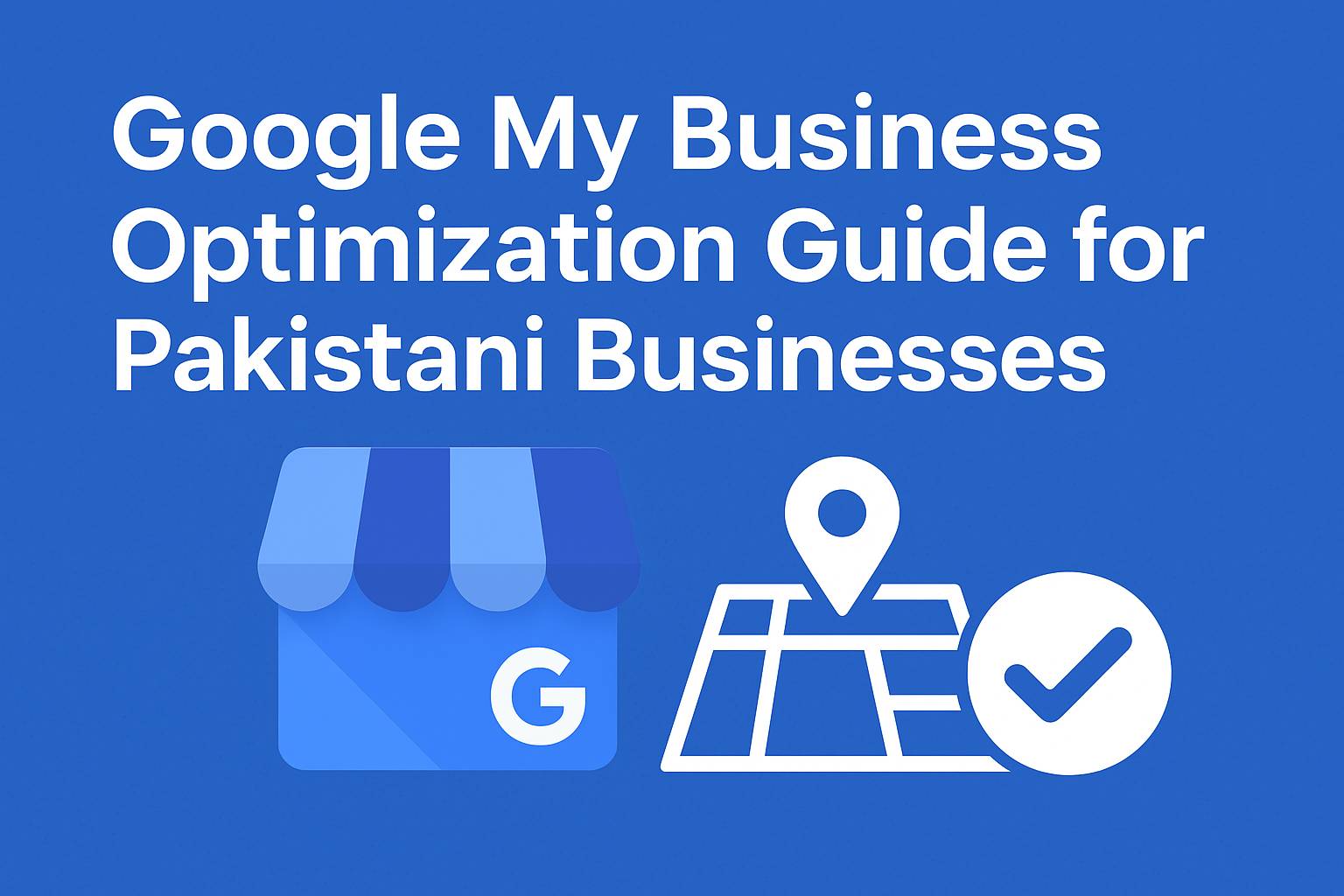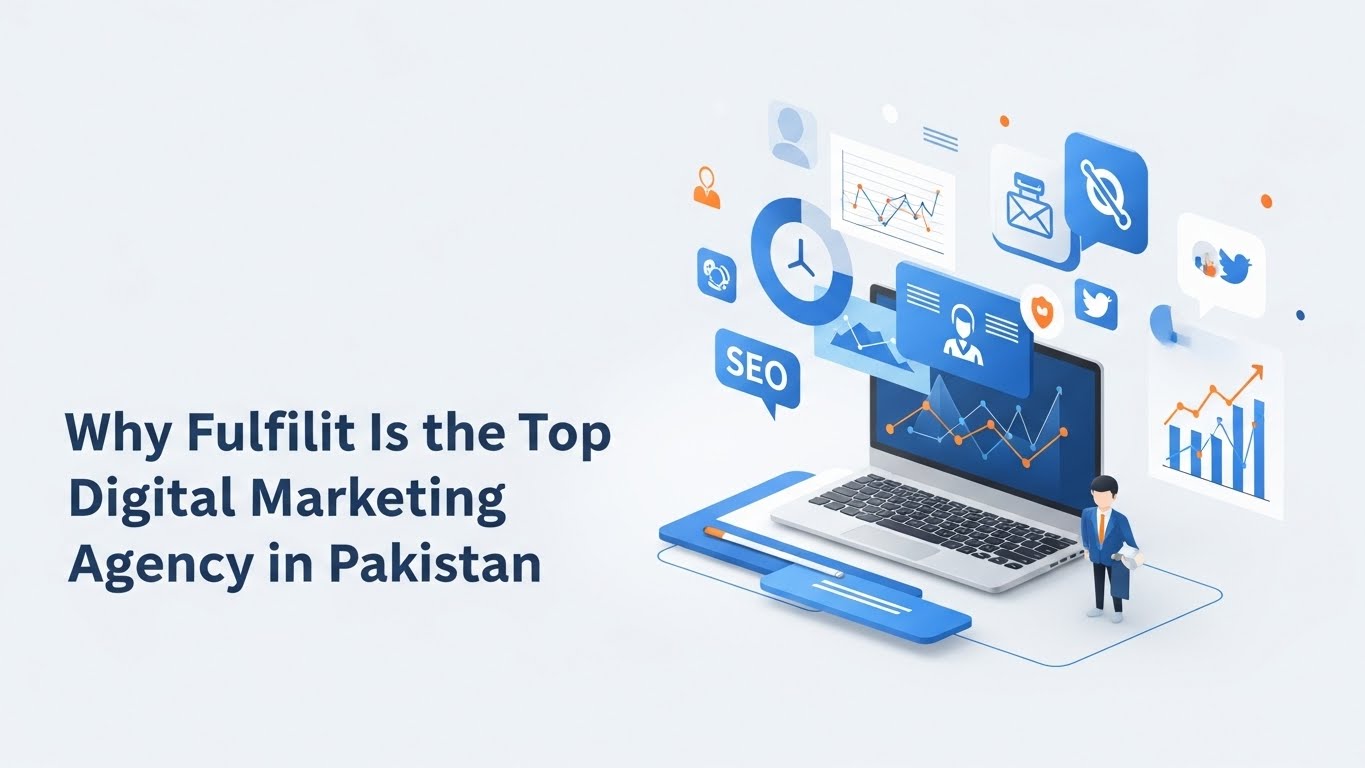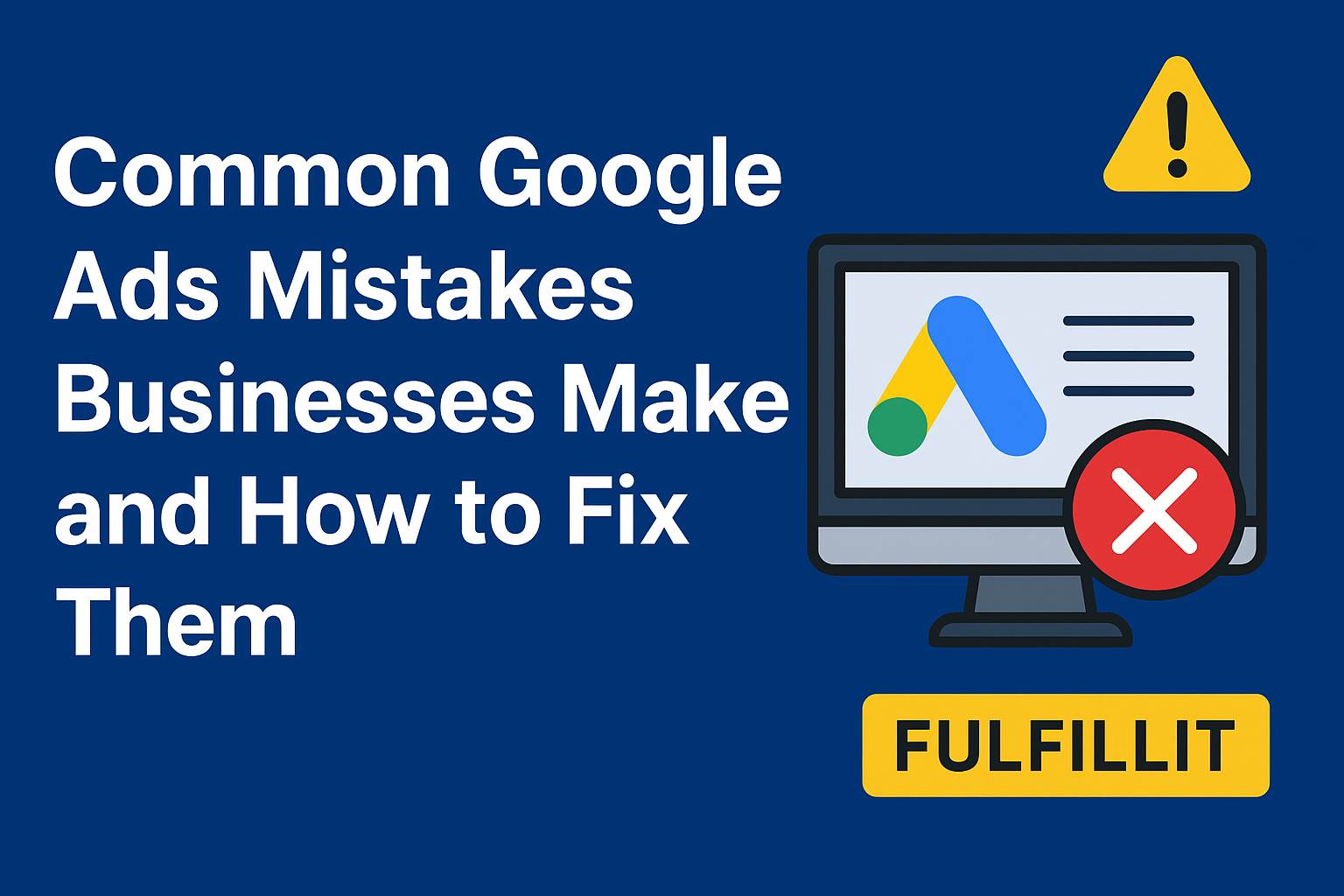If you’re new to the land of search marketing, you’ve probably encountered the term “SEO content” during various marketing discussions. This comprehensive guide is here to answer three fundamental questions:
- What exactly is SEO content?
- What are the different types of SEO content available?
- How can you develop an effective SEO content strategy?
Should you have any inquiries about SEO content strategies that I haven’t addressed here, please don’t hesitate to ask in the comments section. I’ll ensure your questions are addressed either within this post or in a forthcoming article.
Understanding SEO Content:
“SEO” stands for Search Engine Optimization, which involves optimizing a website to enhance its discoverability on search engines like Google.
“Content” refers to any information present and accessible on the internet that can be consumed online. content is meticulously tailored to resonate with both search engines’ algorithms and the needs of online users, with the ultimate goal of driving organic traffic to a website. Therefore, SEO content encompasses all content developed with the primary aim of attracting search engine traffic.
The specifics of content optimization for search engines require their in-depth tutorial, so I won’t get into them here. However, here’s a quick reminder of what you must do to ensure your web content is SEO-friendly:
Key Aspects of SEO Content:
- Keyword Research: Keyword Research: Keywords are the foundation of SEO content. These phrases and words are used by people when searching for information online. SEO content is meticulously structured to incorporate these keywords naturally and strategically within the text, headings, and meta descriptions. This makes it easier for search engines to understand the relevance of the content to specific queries.
- Keyword Optimization: Understand where and how to strategically incorporate keywords in your content to maximize its search visibility. (For further insights, refer to our comprehensive on-page SEO guide.)
- Content Organization: Arrange your site’s content logically. Not only does this strengthen SEO, but it also assists visitors in navigating related content effortlessly, thereby boosting their engagement.
- Quality and Relevance: SEO content isn’t solely about stuffing keywords into the text. It must be high-quality, informative, and valuable to the readers. Search engines increasingly prioritize content that provides genuine value to users, rather than just serving as a vehicle for keywords.
- Content Promotion: Elevate the visibility of your newly created content by sharing it across social networks and building both internal and external links to it.
- Content Types: SEO content comes in various forms, including blog posts, articles, product descriptions, videos, infographics, guides, and more. Each type serves a different purpose in engaging users and meeting their specific search needs.
- Optimized Elements: Apart from the content itself, SEO involves optimizing other elements on the website, such as meta titles, meta descriptions, headers, and even images. These elements provide additional context to search engines about the content’s relevance.
- Backlinks: High-quality backlinks from reputable websites signal to search engines that your content is authoritative and reliable. Creating content that naturally attracts backlinks is a crucial aspect of effective SEO.
- Mobile Optimization: With the rise of mobile devices, search engines prioritize websites that are mobile-friendly. Ensuring your SEO content is accessible and functional on various devices is essential.
Consider Intent Remember, exclusively targeting search engine traffic might not yield the desired outcomes. Strive to strike a balance between appealing to search engines (which can ultimately elevate your rankings) and delivering value to potential customers and recurring visitors. The key is to avoid producing shallow, uninformative content that merely ranks and gets clicks, but doesn’t provide genuine value. Such “thin” content could be fined by Google and have low conversion rates and high bounce rates.
Why Is SEO Content Important?
- Organic Traffic: SEO content is the driving force behind organic search traffic. When your content ranks high on SERPs, users are more likely to click on your link, leading to increased website visits.
- Visibility: Higher rankings mean greater visibility. Users are more likely to trust websites that appear at the top of the search results, enhancing your brand’s credibility.
- Cost-Effective: Unlike paid advertising, which requires ongoing investments, SEO content offers lasting results. Once your content ranks well, it can continue to attract traffic without additional spending.
- User Experience: Creating valuable, relevant, and easy-to-navigate content enhances user experience, leading to longer on-site durations and reduced bounce rates.
- Long-Term Strategy: A well-executed SEO content strategy can yield sustained results over time, helping your website maintain a competitive edge in the digital landscape.
Types of SEO Content
SEO content encompasses a wide spectrum of formats, including:
- Product Pages: Vital for e-commerce platforms, effective product pages serve as both SEO content and pay-per-click (PPC) landing pages.
- Blog Posts: Blogs are an excellent means of generating regular streams of impactful SEO content. These posts often hold greater engagement and potential for acquiring backlinks compared to product pages. Blogs also offer versatility, serving as platforms for various content types.
- Articles: Think of news articles, interviews, and feature pieces. This category dominates most newspaper or magazine-style websites.
- Lists: Framed as lists (“10 Strategies to Cut Energy Costs” or “101 Aspects I Dislike About Google”), this format facilitates easy scanning and can be more clickable in search results and on social media platforms.
- Guides: Lengthier content detailing how to accomplish specific tasks. Guides might span multiple web pages or be accessible as single-page content. You can share complete guides or offer summaries that prompt readers to complete a registration form for full access, which can also boost lead generation.
- Videos: Given the scarcity of videos in comparison to textual content online, creating videos can enhance visibility on search engine results pages (SERPs). Videos can effectively attract and engage your target audience, whether through product tutorials or related process demonstrations.
- Infographics: Large images laden with data (graphs, charts) on a particular topic can amass substantial page views and backlinks. However, since search engines can’t interpret content embedded in images, optimizing the surrounding text is crucial.
- Slideshows: Ideal for presenting sequences of related images. If pictures are paramount, ensure optimal SEO for titles, captions, and image file names.
- Glossaries: Consider creating comprehensive glossaries for specialized industries, such as cooking, medicine, fashion, or architecture, to capture specific search traffic.
- Directories: A taxonomy of links to relevant resources or websites within a given niche. Directories can be valuable for niche websites seeking to provide curated content.
Developing Your SEO Content Strategy
If you’ve been randomly producing content without a clear strategy, it’s time to adopt a systematic approach to SEO content creation. Here’s a four-step process to define and refine your strategy:
- Set Clear Goals: Establish your website or business goals. Are you striving to boost sales, attract readers through ads, or achieve other objectives? Your goals will dictate the type of content you should focus on.
- Understand Your Audience: Gain insights into your target audience through surveys and analytics. Develop marketing personas that represent your ideal visitors and customers to tailor your content accordingly.
- Create an Editorial Calendar: Construct a schedule for publishing new content and specify content types. This consistency is vital, particularly for blogs. Consider recurring features to maintain engagement and make content planning more manageable.
- Analyze and Adapt: Regularly evaluate your SEO content’s performance using various metrics, including page views, links, comments, social shares, and conversion rates. Identify successful strategies and areas for improvement. Update and optimize older content to align with shifting keywords or user preferences.
To maintain the health of your website, ensure it is consistently optimized for search engines. Begin with a comprehensive SEO and online presence audit using our free website grader.
Conclusion:
In the dynamic landscape of search marketing, mastering the art of SEO content creation is essential. This comprehensive guide has unveiled the intricate layers of SEO content, from its definition to the diverse array of content types available. By understanding user intent, harnessing the power of keywords, and creating valuable content, you can establish a robust online presence.
No matter your level of experience with SEO or marketing, utilizing these insights and Fullfillit’s knowledge will unquestionably help your digital undertakings reach new heights. Always keep in mind that Fullfillit is your dependable partner in obtaining online exposure and success as you set out on the thrilling journey of creating amazing SEO content.









